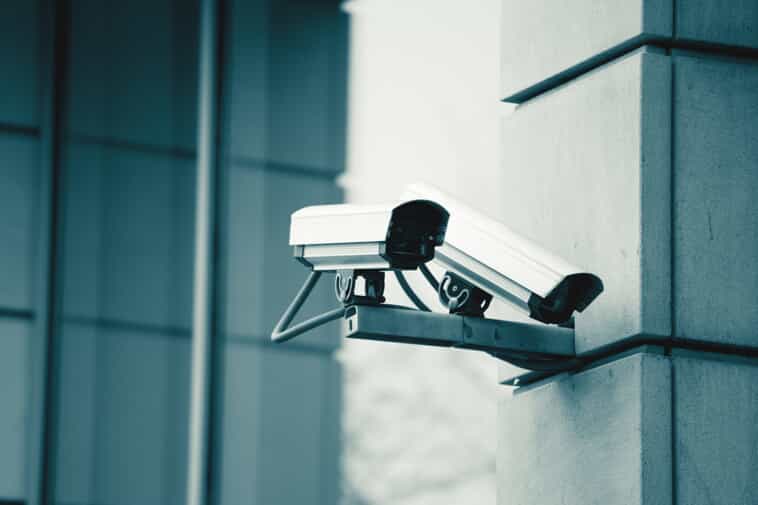
Slip and falls are some of the most common accidents in the world. They are the major reason behind worker compensation claims and, after car accidents, the largest segment of personal injury claims. They occur on icy sidewalks, broken staircases, in malls, department stores, airports, offices and more. Anyone and everyone can become victimized by a slip and fall.
Causes
It does not matter how many safety measures are in place, there is still the risk of slip and fall accidents. This is proven every day as slip and falls result from:
- Slick or wet floors, especially with no sign or borders to avoid crossing
- Items left in walking paths
- Untreated ice left on the sidewalk
- Unsafe or uneven flooring or staircases
- Defective equipment like a ladder
While slip and falls are not always the result of negligence, vigilance does not negate responsibility.
What to Do After a Slip and Fall
Should you ever fall at work, while shopping or in a public place, report the accident right away, to a manager or attendant. This should be done even if do not feel you have been injured. A report is especially important for employees that may need it to apply for benefits.
Injuries related to a slip and fall may not be evident. Adrenaline can mask pain. It is not unusual for someone to wake up the following morning or even the next week and find themselves experiencing pain. Should you find yourself in pain, get in touch with the person you reported the incident to and get medical attention. Employees will likely be directed to a specific doctor or facility. Get medical attention as soon as possible, especially as it could be helpful in expediting a worker’s comp claim.
Determining Fault in a Slip and Fall
The best way to establish accountability for any injury that results from a slip and fall is by consulting with a slip and fall attorney. They will thoroughly investigate the matter for the following:
- Should management have been aware of the conditions that caused the slip and fall? For instance, not removing ice from in front of a restaurant leaves a risk the owner could not ignore.
- Did management sufficiently warn pedestrians of risk, such as labeling a wet floor with a sign or cordoning off a section of store where risk was evident?
- Did the hazardous condition exist due to an action or inaction of the property owners?
Once your injury lawyer completes their investigation, they can advise on your next move. If it can be proven the property owner is at fault, you could be legally entitled to compensation for amassed expenses related to the injury, as well as remuneration for pain, suffering and lost wages.
If you have been injured in a slip and fall or if you believe you have not been adequately comped by your employer after a slip and fall, speak with a personal injury lawyer. They can help you determine what your legal recourse is.

